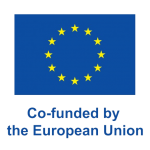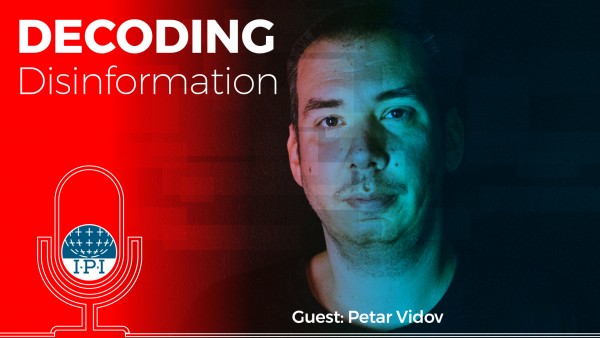TikTok and short-form video can be a huge asset to newsrooms, especially in reaching younger audiences, three TikTok natives said during the panel “Suddenly, It’s all TikTok all the time: Where does journalism fit?” on May 26 at the 2023 IPI World Congress and Media Innovation Festival. Yet the format has real drawbacks, such as restrictive content moderation and an unpredictable algorithm.
Johanna Rüdiger, head of social media strategy at Deutsche Welle, experienced pushback from within her newsroom upon initially expanding to TikTok. “We have young people who are very interested in the [news] but don’t know much about it”, she said, explaining her decision to move onto the app. “So our argument is we have to reach them on the platforms they are on.”
Some of the pushback revolved around Deutsche Welle’s TikTok series on Holocaust remembrance; given the weight of the topic, some saw it as inappropriate. But Rüdiger defended the decision to cover serious news on the platform: “Of course we want these kinds of topics on TikTok, we use TikTok for information.”
For young people in Romania, explained Diana Filimon, co-founder of Gen, știri, a social media-based news site focused on combating misinformation, there is a lack of trust in traditional media. Filimon, who considers herself more of an activist than a journalist, uses TikTok to build back trust. “The trust comes from being real to them”, she said.
Gabriela Campbell, co-founder of Ac2ality, a news site founded as a TikTok page that has grown into one of Europe’s biggest new publishers on the platform, saw similar patterns. “Our problem was we couldn’t understand traditional media and read an article that is a thousand words long”, she explained. “We don’t watch TV anymore, we don’t read the newspapers.”
The platform is not without its downsides, however. Strict content guidelines mean that sometimes news coverage that includes images of guns, drugs, or even natural disasters can be taken down or put behind a warning. Campbell explained, “To avoid these situations, we sometimes edit the images, we blur the images.”
Additionally, feeds are created algorithmically, meaning that they are “very unpredictable, it’s like a lottery sometimes”, Filimon added, with moderator Patrick Swanson of the Austrian public broadcaster ORF comparing it to roulette.
But to combat this, Rüdiger has developed a strategy: to keep the accounts in their niche. DW’s “DW Deutsch lernen” account, for example, publishes language-learning content, and when the account veers outside of its usual content, it shows up less in the algorithm. “If you’re honest with yourself, most of the time you know why something doesn’t work”, she said. “Even if you think you’ve done a great video, maybe it’s not in your niche. TikTok is all about the niche.”




